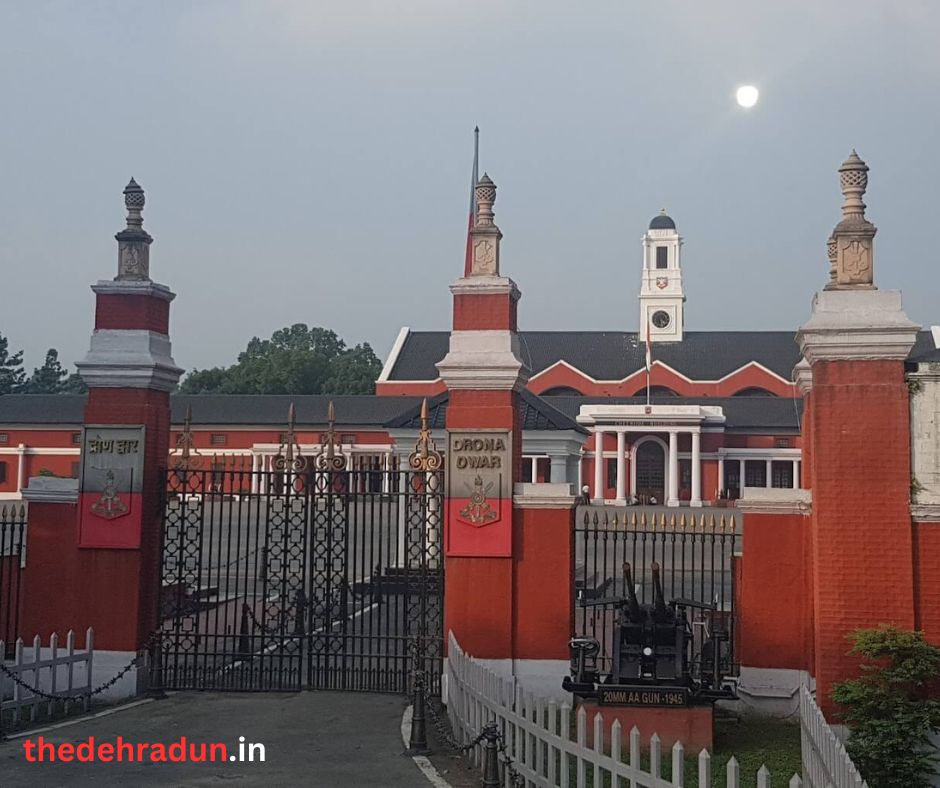Badrinath, Uttarakhand India
The famous city of Badrinath uttarakhand is one of the four major Char Dham pilgrimage sites in India as well as the Chota Char Dham. It is situated on the banks of the Alaknanda River at an altitude of about 3,300 meters above sea level at an altitude of 3,300 meters.
This holy city is named after the Badrinath temple, which is dedicated to the protector of Lord Vishnu. Many Hindu devotees are struck by the charm of this sacred temple as it reflects the traditional Garhwali wooden architecture.


Badrinath, Uttrakhand
Best Time To Visit Badrinath
To avoid congestion and inclement weather, October (or November if the temple is still open) is considered the best time to visit. It is not as busy as the peak season of May to June, and the monsoon season of June to September is over.
Keep in mind that the weather in Badrinath can be uncertain with night and rain or sunny days. Therefore, pack accordingly.
If you want to hold a festival in the temple, Krishna Janmashtami is celebrated in August or early September, Mata idol fair is held every September on the occasion of Vamana Dwadashi, and every year there are celebrations when the temple opens and closes. . It will be busy then! At the inauguration, many people come to see the lamp lit by the priest before closing the temple last year.
About Tapta Kund Badrinath
Taptakund, as the name suggests is a hot spring, situated between the Badrinath temple and the Alaknanda River. This thermal spring is located in the Badrinath temple in Chamoli district of Uttarakhand. Tapkatkund is a natural hot spring, which has a temperature of 45 degrees.

Badrinath,Uttarakhand India
Badrinath History and Significance
No one knows for sure how old the Badrinath temple is, although Badrinath can be seen as a sacred place in India as early as the Vedic era, which began around 1500 BCE. The region, known as Badrikashram in Hindu scriptures, attracts many saints and saints during this period due to its powerful spiritual energy. Although there was no mention of temples in the Vedas (early Hindu scriptures), it is said that some Vedic hymns were first sung by sages who inhabited the region.
There Are Many References To Badrinath In The Vedic Texts, Puranas, Which Tell Stories About The Creation Of The Universe. The “Bhagavata Purana” States That Lord Vishnu, As His Avatar The Two Sages Nara And Narayana, Were Doing Penance There For The Welfare Of Living Entities “Since Time Immemorial.” In The Epic “Mahabharata”, These Two Sages Incarnate As Manav Krishna And Arjuna To Help Mankind.
Apparently, Lord Shiva Initially Chose Badrinath For Himself. However, Lord Vishnu Abandoned Him (He Went To The Kedarnath Temple).
There Are Many Other Sacred Legends And Myths Associated With Badrinath. According To One Of Them, Goddess Lakshmi Provided Berries To Lord Vishnu During Her Long Penance (Or Took The Form Of A Plum Tree To Provide Them Shelter From The Cold). Therefore, Badrinath Gets Its Name From Badri (A Sanskrit Word For The Indian Jujube Tree) And Nath (Meaning Prabhu).
It Is Widely Believed That The Badrinath Temple Was Established In The 9th Century By Adi Shankara, A Venerable Indian Philosopher And Saint Who Strengthened His Beliefs In The Doctrine Known As Advaita Vedanta. Revived. Some Say That The Temple Already Existed As A Buddhist Temple, Though Due To Its Distinctive Buddhist Architecture And Brightly Colored Exterior.


Nevertheless, It Is Accepted That Adi Shankaracharya Found A Stone Stone Statue Of Lord Vishnu (In The Form Of Lord Badrinarayan) Of The Temple In The Alaknanda River. The Idol Is Considered One Of The Eight Important Shwetambara Stories Of Lord Vishnu – Which Appeared In His Own Form And Was Not Made By Anyone In India.
Adi Shankaracharya Lived In The Badrinath Temple From 814 To 820. He Also Established A Nambudiri Brahmin Chief Priest Of Kerala In South India Where He Was Born. The Tradition Of Being Such A Priest From Kerala Continues Even Today, Even Though The Temple Is In North India. The Priest, Called Rawal, Is Chosen By The Then Rulers Of Garhwal And Travancore.
The Badrinath uttarakhand Temple Has Undergone Many Renovations And Restorations Since The 9th Century, With Its Inner Sanctum Possibly The Only Original Remaining Part. The Garhwal Kings Expanded The Temple In The 17th Century, Creating Its Current Structure. Marathi Queen Ahilyabai Holkar Of Indore Made Her Place In Gold In The 18th Century. In The Early 19th Century, The Temple Was Damaged By A Major Earthquake And Later Rebuilt By The Royal Family Of Jaipur.
How to Reach Badrinath
Badrinath is a Hindu pilgrimage center and is located in Uttarakhand. The city has easy access to all major modes of transport: air, train and road. The best option to reach Badrinath is by road or train.
By air: Jolly Grant Airport is the nearest airport to Badrinath, located at a distance of 311 km. There are flights connecting Delhi, Lucknow and Mumbai to the airport. You can choose to hire a taxi from the railway station or board a bus from the nearest bus station to reach Badrinath.
by train: The nearest railway station from Badrinath is Haridwar railway station, which is at a distance of 318 km. This railway station is a broad gauge station that is connected to other major railway stations in the country.
from the way:Badrinath has inter-state and inter-state buses, which easily connect to various cities and states such as Rishikesh, Haridwar, Srinagar, Dehradun, Delhi, Haryana, Chandigarh and others. These buses have affordable fares and are the best option to cover great distances.

Badrinath Location
The Char Dham of Uttarakhand are grouped together in the Himalayan Garhwal region of the state, close to Tibet. The Badrinath temple is located at a distance of about 10,200 feet (3,100 m) above sea level in front of the Nilkanth peak between the twin male and Narayan mountain ranges. It is located in the city of Badrinath, about 28 miles (45 kilometers) north of the base city of Joshimath. Although this distance is not far, the journey time from Joshimath to Badrinath is usually three hours due to the steep terrain and challenging road conditions.
Darshan at Badrinath Temple (Darshan of the deity)
The daily ritual at the Badrinath temple begins at 4:30 am with Maha Abhishek and Abhishek Puja. Depending on how much time and money you have to spend, there are many options to see the idol of Lord Badrinarayan inside the temple. Common people can book in these rituals and pay a fee of around Rs 4,000 per person. It is a peaceful and enchanting way of seeing the idol.
The Temple Opens To The Public At 6:30 Am Each Morning And Closes At Noon. It Reopened From 3 Pm. Till 9 O’clock At Night. The Most Auspicious Time To Visit Is At 6:30 Am For The First Public Worship Of The Day (Puja), So It Becomes Crowded Then.
The Temple Rituals Continue Throughout The Day, Starting At Rs 151 To Attend The Evening Kapur Aarti And Going Up To Rs 35,101 For The Performance Of The Special Seven-Day Srimad Bhagwat Sapta Path Puja. The Cost Of Attending All The Daily Rituals Of The Temple Is Rs 11,700 Per Person.


During Busy Times, Those Who Do Not Want To Pay Extra To Leave The Line Can Wait A Few Hours To See The Statue, Even When It Arrives Really Early. Be Prepared To Get A Glimpse Of The Idol For Only A Few Seconds, As The Temple Priests Hurry The People. A Token System Is In Place In The Temple To Regulate The Entry Of Pilgrims According To The Allotted Time. However, This Is Not Always Functional.
While Visiting The Deity, It Is Customary To Make Devotion (Known As Prasāda) To Perform Devotion. It Can Be Purchased At The Temple And Usually Includes Candy, Dried Fruits And Tulsi (Holy Basil).
Note That Photography Is Prohibited Inside The Temple.
Latest News







